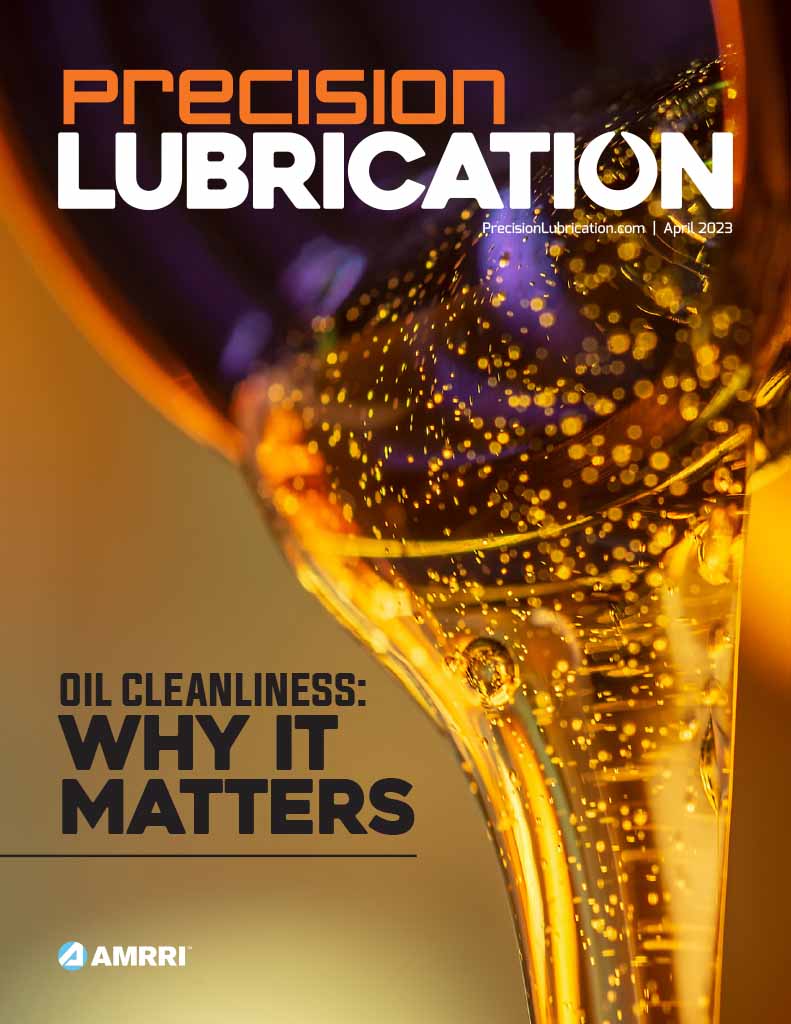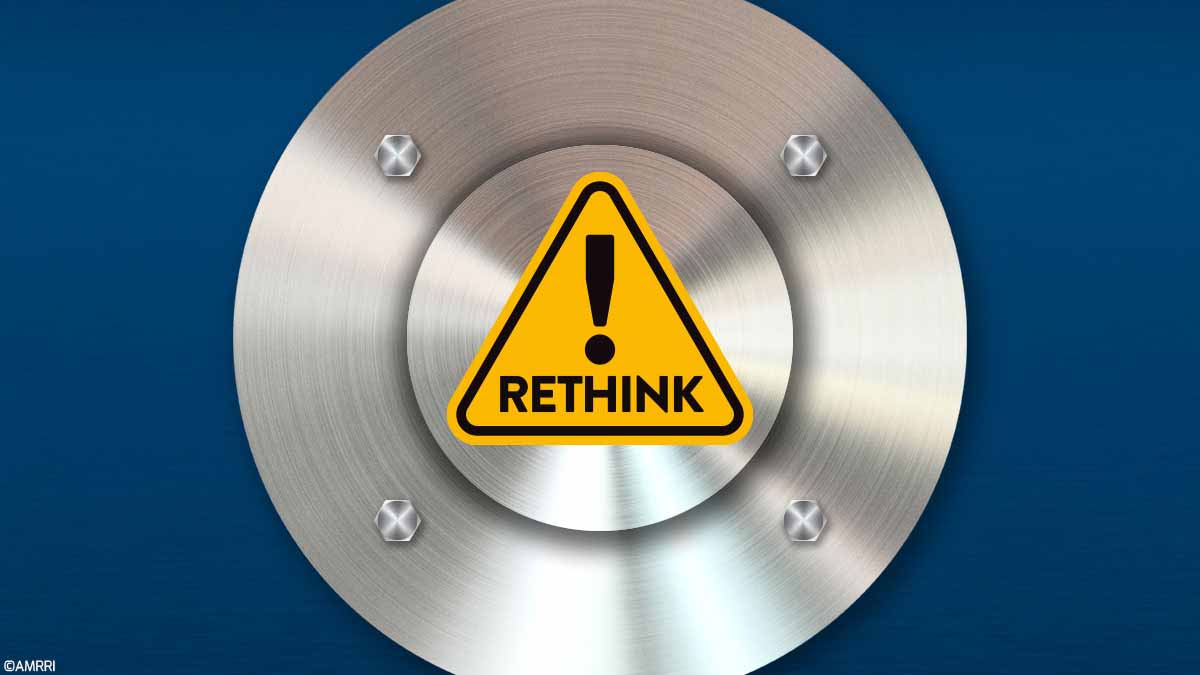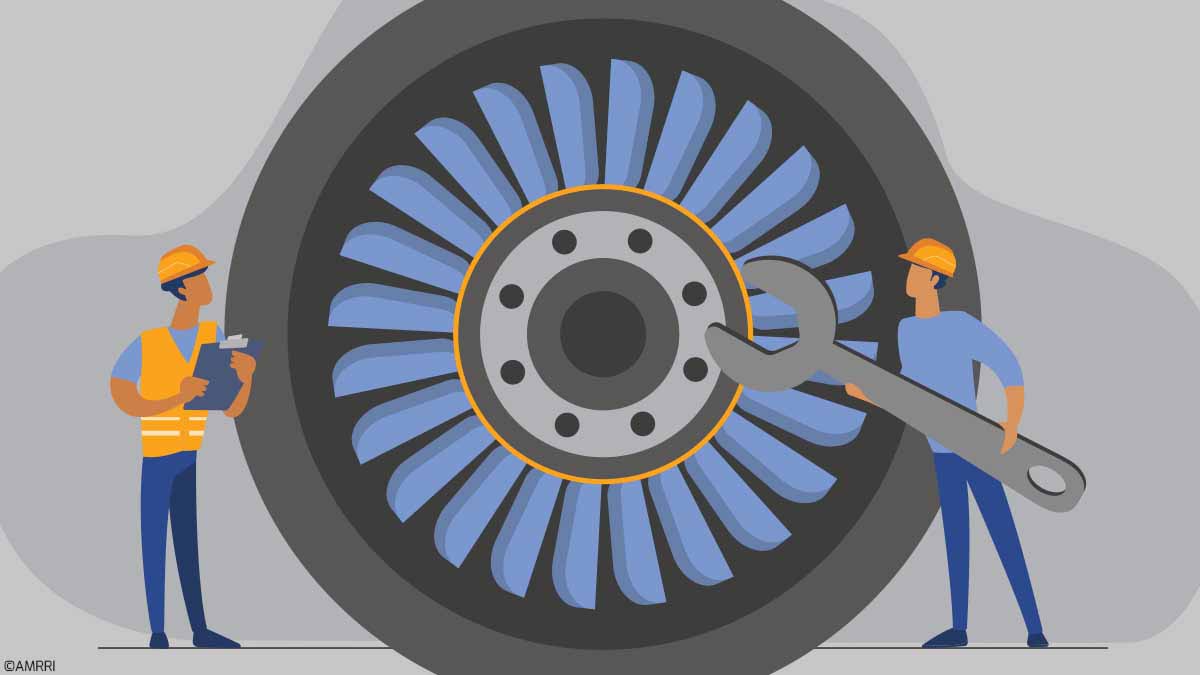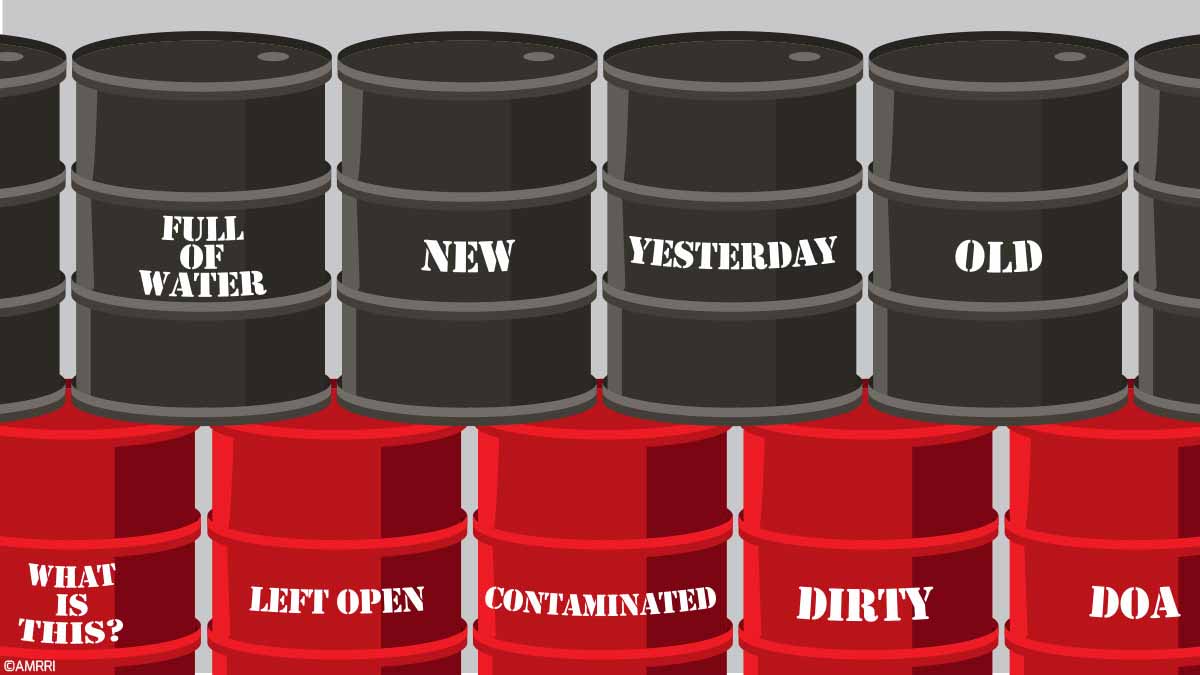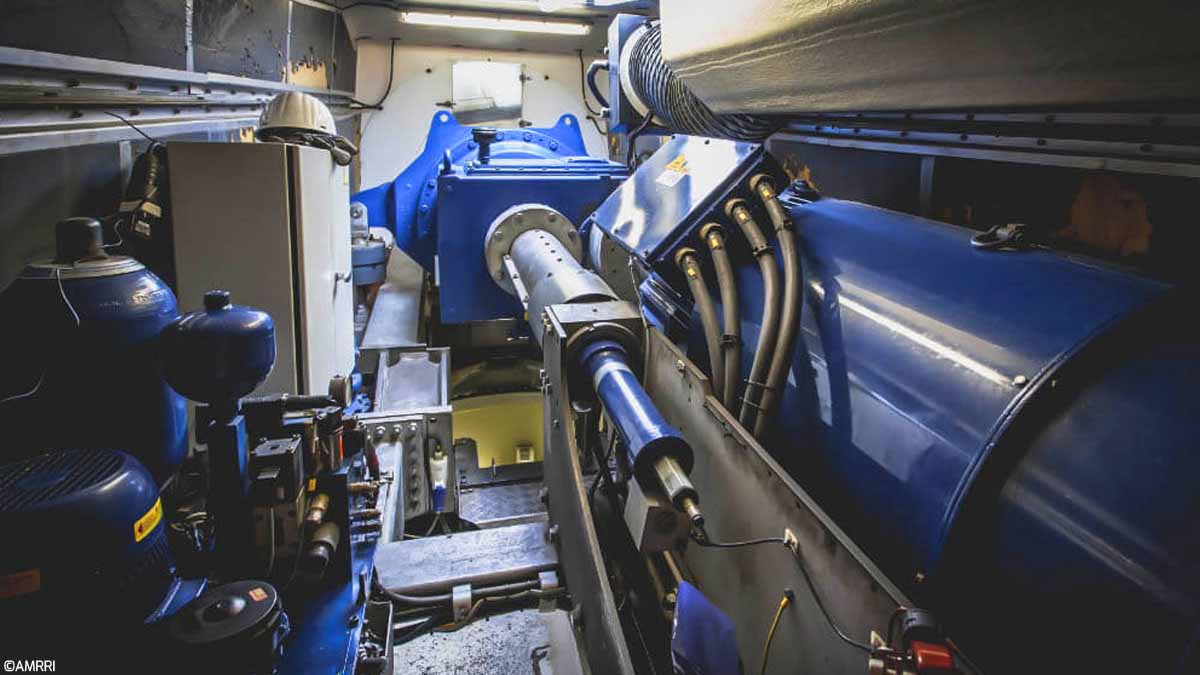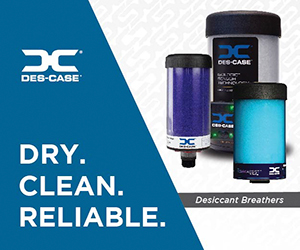In the intricate world of lubrication and tribology, the 4-ball test has become a core experimental procedure and is commonly listed as a performance parameter on lubricant and grease data sheets. These tests are designed to measure friction and a lubricant's wear...
Lubricants
Lubricant Additives: A Comprehensive Guide
Lubricants keep the world turning. Once something moves, a lubricant should be present to reduce friction or wear between the surfaces. But what makes lubricants so unique in our industry? Is it just the base oil? No, this is where the power of lubricant additives...
Antiwear Additives: Types, Mechanisms, and Applications
As the name suggests, antiwear additives help to prevent wear in one way or another. However, what makes them unique compared to other additives in lubricants? Why are they used more predominantly in specific applications than other applications? This article explores...
Strategic Lubricant Management for Non-Circulating Sump Systems
Lubricant management could mean different things to different people within a facility. The maintenance planner or lube crew supervisor may view lubricant management as the process that assures all the machines scheduled for level checks, replenishment, and oil...
RPVOT: Rethink Your Turbine Oil Replacement Strategy
In the world of industrial lubrication, the misconceptions surrounding RPVOT (Rotating Pressure Vessel Oxidation Test) have, unfortunately, cost companies millions of dollars. Imagine being faced with the daunting decision of prematurely replacing a substantial...
How Oil-Soluble Cleaners Can Redefine Lubricant Degradation Management
The mention of lubricant varnish in an industrial setting frequently evokes concerns regarding unscheduled equipment shutdowns, reliability challenges, and consequent extended downtime. However, a facet that often remains overlooked is the concept of 'solubility.'...
Why Varnish May Plague Your Gearbox Really Soon
Gears are everywhere. These versatile machine elements are present in all industries and used in pumps and drives of all sizes as a reliable way to transfer power. Industrial gear oils are a vital component of that reliability, helping to maintain separation between...
Why Turbine Oil Replacement Should Be Based on Condition, Not Time
Let's dive into a big question: When should we change the turbine oil in power plants? This question came up when I talked to someone who works at a power plant. There are two ways to decide when to change the oil: old-school thinking versus new-school thinking. The...
Yes, Lubricants Have a Shelf Life Too. Here’s How to Extend It.
Most lubricant products include a "best before date" on the packaging and labeling materials. Provided as a "when to use by" guide, these dates are based on a manufacturer's projected shelf life of a product when stored as directed, per information on its packaging....
How Wind Turbine Gear Oils Have Evolved to Combat Micropitting Problems
Wind energy has become an increasingly important component of our energy grid as the world moves toward more sustainable power generation sources. Although harnessing wind power to do helpful work extends back to ancient times (think sail ships and windmills), stable...

